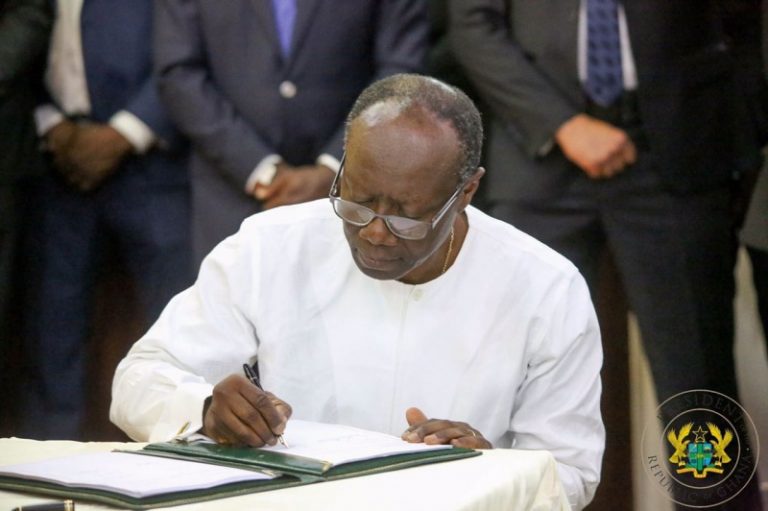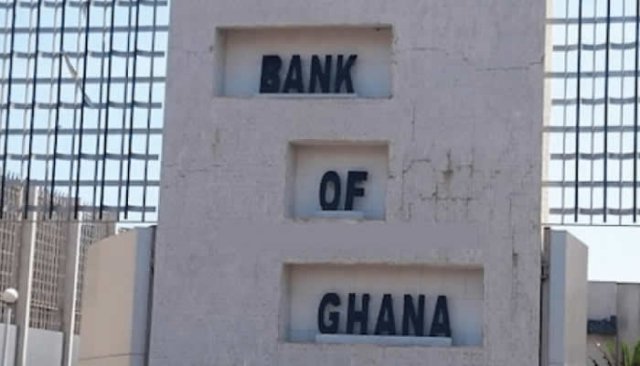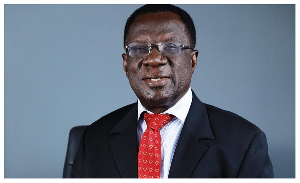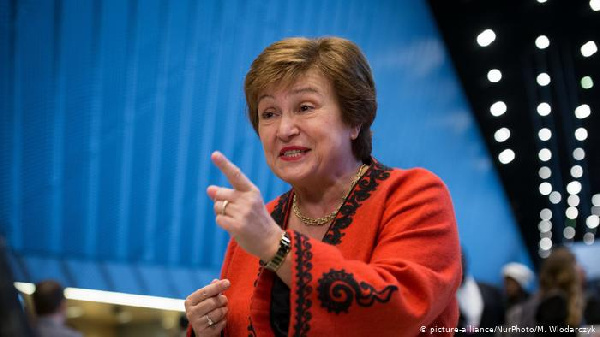Gov’t borrows GH¢17,837m for June to August

Government has announced its’ plans to borrow a gross amount of GH¢17,837.87 million for June to August this year.
Of this amount, GH¢15,806.61 million would be used to rollover maturities while the remaining GH¢2,031.26 million would be used as fresh issuance to meet government’s financing requirements.
Though government has not indicated how much Ghana’s total debt stock will reach by this new borrowing, recent economic and financial data issued by the Bank of Ghana’s (BoG) Monetary Policy Committee said the country’s total debt reached GH¢236.1 billion ending March this year.
Out of the figure, US$22.9 billion was external debt, which translated into 31.4 percent of the total value of the economy, while GH¢111.3 billion was secured locally—representing 28 percent of the total value of the economy.
Also, out of the total debt stock, GH¢1.8 billion has been spent on the financial sector cleanup so far for the first three months of this year.
High debt stock causes
The increase in the debt stock from December 2019 to March 2020 can be attributed to the Cedi’s marginal depreciation and recent funds advanced towards the cleanup of the banking and non-banking sectors of the economy. The data showed that from December 2019 to March 2020 the total debt stock went up by GH¢38.1 billion.
Based on the GH¢236.1 billion debt, every Ghanaian owed about GH¢ 7, 870 if the debt was shared among the 30 million citizens.
The data showed that total earnings from exports stood at US$3.9 billion ending March this year, compared to a little over US$4 billion realized in the period for last year.
Gold for the first three months of this year brought in US$1.4 billion compared to a similar amount for the same period for last year. Cocoa got us US$956 million for the first quarter of 2020, compared to the US$832 million secured in the first quarter of 2019.
Earnings from oil stand at US$874.1 million for the first quarter of 2020 compared to a little over US$1 billion in 2019. On the other hand, total imports for the first quarter stood US$2.9 billion, compared to US$3.3 billion for the same period in 2019.
Total non-oil imports stood at US$2.4 billion for the first quarter of 2020 compared to US$2.6 billion secured in the same period for 2019. This resulted in a trade balance of US$934 million, compared to US$642 million for the same period for 2019.
This resulted in a trade balance of US$936 million, representing 1.4 percent of GDP.
The country’s Gross International Reserve ending March this year stood at US$10.2 billion. This should translate into 4.8 months of import cover.
Banking Sector
While Non-Performing Loans reduced from 18.8 percent in March 2019 to 14.5 percent in March 2020, the banking sector’s total assets stood at GH¢113 billion ending March, from GH¢111 billion in March 2019.
Also, Total Banking Deposits was GH¢85 billion up by 15.1 percent from the same period last year, while total advances went up by 16.5 percent to reach GH¢51.9 billion.
Source: Daily Guide Network





